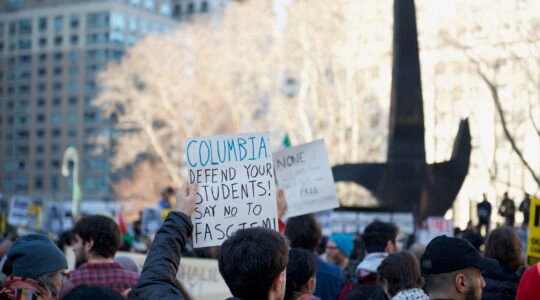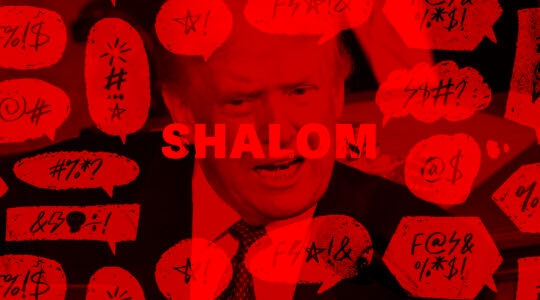Shavuot, which we’ll celebrate from Saturday night to Monday night, can seem elusive, the semi-forgotten middle-child of the major festivals, its brevity imbalanced between its week-long siblings, Pesach and Sukkot.
Shavuot has not one but three biblical names, but not one of those names evokes what has become the holiday’s dominant theme: the giving of the Torah. During the Passover seder, though, that Torah theme is blithely dismissed, with everyone at the seder cheerfully singing, “If He had brought us to Mount Sinai and not given us the Torah, Dayenu, it would have been enough.” So much for Shavuot.
Nevertheless, something extraordinary happened on that first Shavuot: We were united at Sinai as never before or since — every Jewish soul was there, past, present and future. Perhaps, in today’s fractious times, on a holiday so bereft of rituals (compared to its mitzvot-loaded siblings, Pesach and Sukkot), we can become attuned to the ideal of unity, at least as much as we are to cheesecake and “all-night learning.” Unity with the weakest among us, the misunderstood, the lonely, and our political or cultural opposites, for as we read on Shavuot in The Book of Ruth, “your people shall be my people,” we share a common fate.
Shavuot in the last century has been, all too often, a time of unity through common fate. It was in 1944 — 75 years ago — when Shavuot was the centerpiece in time for the mass deportation of Hungarian Jews to Auschwitz. Shavuot in 1941 was the day of Baghdad’s Farhud (the “violent dispossession”), a devastating pogrom that saw hundreds of Iraqi Jews killed, thousands tortured, and miles of Jewish property destroyed.
‘A day for poetry, for love, for unity — the ultimate recreation of Sinai.’
There was Jewish unity preceding 1967’s Six-Day War, when Israel’s fate seemed sealed for the worst, before the “miraculous” victory, and Jerusalem’s reunification, just prior to Shavuot. And then, on that famous Shavuot 52 years ago, Jerusalem experienced a dawn like none other in 2,000 years. At 4 a.m., for the first time since Jerusalem was occupied by Arabs armies 19 years before, Jews were allowed to walk in Old Jerusalem and return to the Holy Wall. Like the song, “Run, Come See Jerusalem,” more than 200,000 Jews returned that Shavuot, united. The Jerusalem Post reported: “Every section of the population was represented: Kibbutz members and soldiers rubbing shoulders with Neturei Karta. Mothers came with children in prams, and old men trudged steeply up Mount Zion, supported by youngsters on either side, to see the wall of the Temple, before the end of their days.”
On Shavuot, the Kohanim bless the people “b’ahava,” with love. It is an instruction for the Kohanim, but a gift for the rest of us, to see each other with love — the essential component of unity. Perhaps that’s why there are no legalistic rituals on Shavuot. Rather, it is a day for poetry, for love, for unity — the ultimate recreation of Sinai.
The New York Jewish Week brings you the stories behind the headlines, keeping you connected to Jewish life in New York. Help sustain the reporting you trust by donating today.




